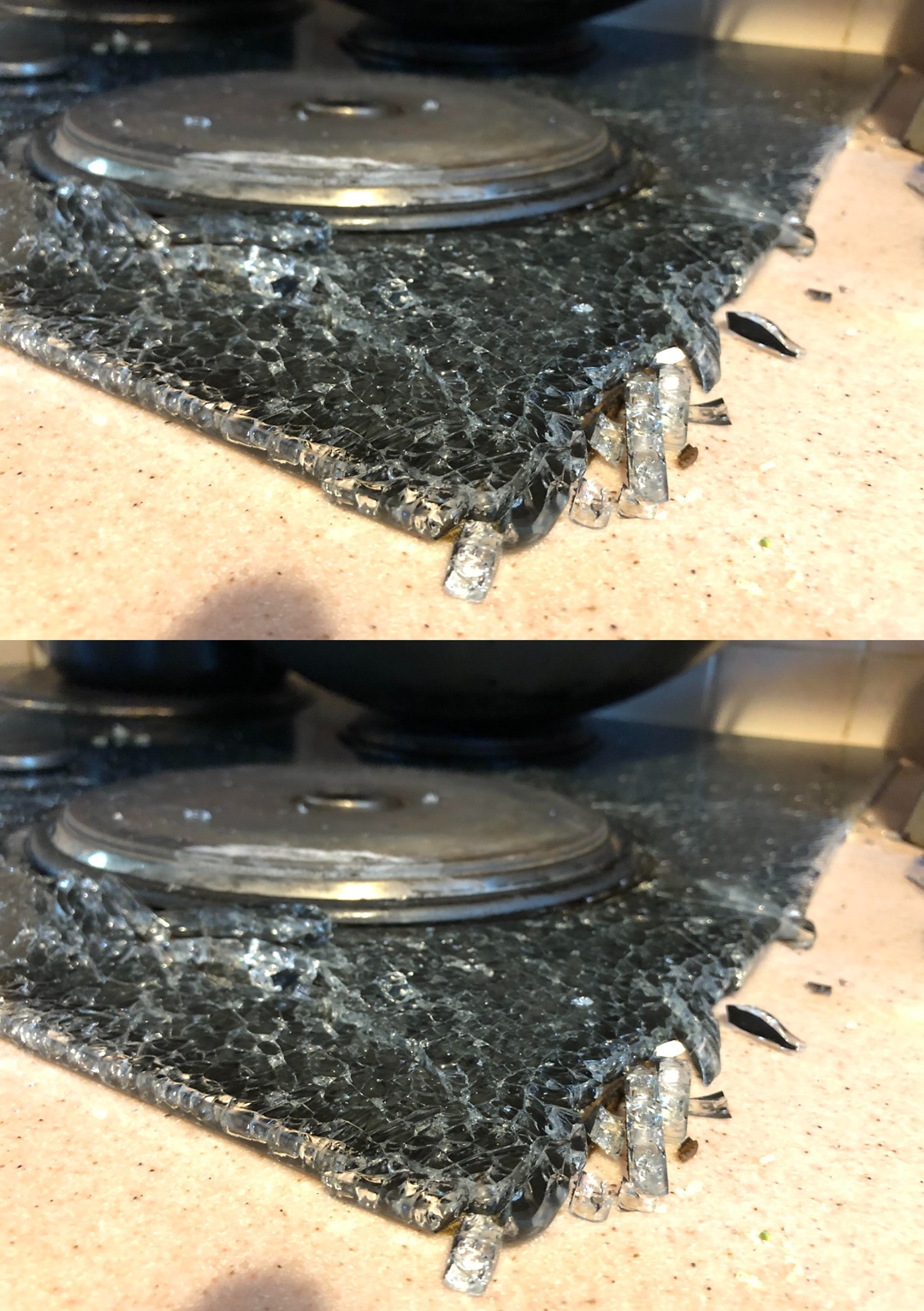Glass top stoves have become a popular feature in many modern kitchens thanks to their sleek design and easy-to-clean surface, but they also come with hidden vulnerabilities that most people don’t realize until it’s too late. I found this out the hard way when I made one seemingly harmless mistake that ended up damaging my glass cooktop.

If you own a glass top stove or are considering getting one, there’s one critical rule you need to follow: never place a hot lid facedown on the surface of your stove. It might sound innocent enough, but it can lead to serious consequences, including a shattered cooktop and potential injuries. These stoves add a touch of elegance to any kitchen and often become a focal point of the space, but their beauty comes with a catch—glass, while able to withstand high temperatures, does not react well to sudden temperature changes or uneven pressure distribution. What happened to me began as an ordinary evening of cooking. I had just finished simmering a pot of soup and, without much thought, took the hot lid off and set it facedown directly on the stove.
Within minutes, I heard an alarming cracking sound, and to my horror, I saw a spiderweb of cracks forming across the glass surface. I couldn’t believe that such a small action had caused so much damage. It turns out, there’s a scientific explanation behind this. When you place a hot lid with the heated inner surface directly onto the cooler glass cooktop, the heat becomes trapped in the small enclosed space between the lid and the stove. This trapped heat doesn’t have anywhere to escape and creates what’s known as a vacuum seal. While that might sound technical, what it means in practical terms is that the lid and the stove create an airtight pocket that builds up pressure quickly. As the surrounding glass tries to cool down while the space underneath remains hot, the temperature difference creates stress on the glass. And because glass isn’t particularly flexible, it responds to this pressure by cracking.
The cracking doesn’t always happen immediately—it can occur within minutes or even be delayed, making it even more unexpected and dangerous. The dangers aren’t just limited to the appliance itself. A shattered glass stove top can be a real safety hazard, especially if it happens while you’re in the middle of cooking. Sharp pieces of hot glass can shoot out and cause burns or cuts, and cleanup afterward can be incredibly tricky and stressful. That vacuum seal might sound like a small issue, but it’s enough to cause a big problem if you’re not careful. If you’ve ever experienced a glass item breaking under heat, you know just how sudden and scary it can be. Kitchen accidents happen fast, and when glass is involved, the stakes are higher.
That’s why it’s essential to be proactive and avoid unnecessary risks. Instead of placing a hot lid facedown on the stovetop, always use a heat-safe trivet, a silicone mat, or even a cool countertop. These simple alternatives can save you from having to replace your stovetop or, worse, deal with an injury. Once glass is cracked, there’s no easy fix—you’re often looking at an expensive repair or total replacement. And if you rent your home, that damage could mean losing your security deposit. So, making a small change in how you handle your cookware can have a big impact on both your wallet and your safety. Glass top stoves are great additions to any kitchen, but like any appliance, they need to be treated with care. They aren’t fragile in the everyday sense, but they do require a certain level of attention to avoid unexpected issues. The next time you’re cooking and go to rest a hot lid, think twice. A few seconds of convenience isn’t worth the cost of replacing your stove or risking your safety. Let my experience serve as a warning—learn from my mistake and make it a rule in your kitchen: never place a hot lid facedown on your glass stove. Your cooktop—and your peace of mind—will thank you for it.





